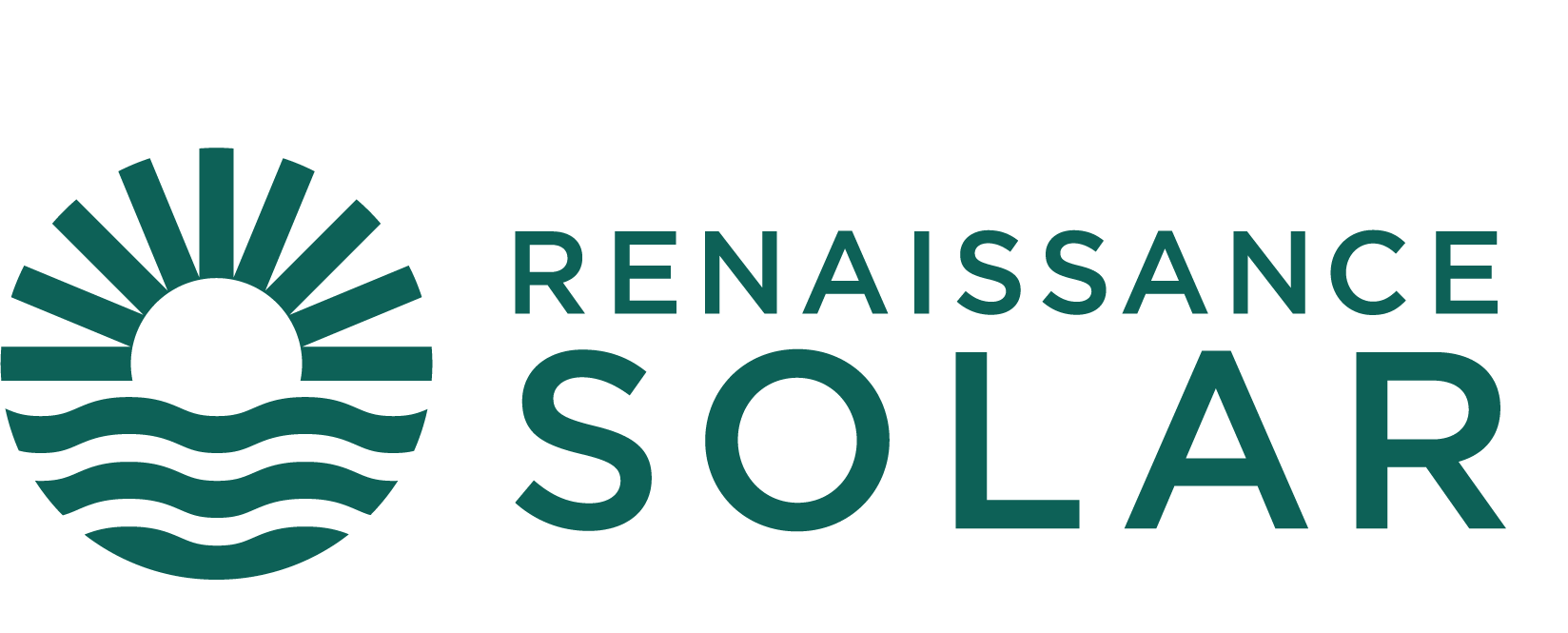Here’s a question for you to start with; do you realise that up to 40% of your household’s electricity is accounted for purely through the heating of water?
That translates to a very greedy, hungry geyser that you could really do without in the current economy, which has begun to lead many to the question; solar geyser?
One just can’t help trying to find ways to break the stranglehold Eskom has on our lives, and shaving 40% off the electricity bill every month is extremely attractive, for a start.
After all, not everyone can start out with a Grid Tie or Hybrid solar system, but a solar hot water system is well within the financial reach of most, which is great news when it comes with savings like this.
Solar Geyser
What is a solar geyser and exactly how does it work? Most of us get tied up in knots when it comes to the tech-speak that abounds in the solar industry, however, there is genuine help out there for us, in the form of the team at Renaissance Solar in Cape Town.
What we’ll do here is to look at the basics of these questions, just to whet your appetite enough to get you going, and then we’ll leave it up to the awesome team at Renaissance Solar to fill in the gaps, once you contact them.
How do solar geysers work?
When it comes to making a largish purchase like a solar geyser, you need expert guidance on hand, so that you’ll be able to make an informed decision about buying a solar geyser, one that will be of the greatest benefit to you, and last for as long as it should.
The team at Renaissance Solar have been supplying and installing solar geysers in Cape Town since 2009, which means you can rely on this down-to-earth team to give you the pros and cons of each solar geyser, without shrinking from being honest about each that you may be interested in.
Solar hot water geysers rely on a system of convection, which is just a fancy word for warm water rising, which is how the water circulates through the panels.
If you choose to install your solar geyser on the roof with the panel, then there is a natural thermo-syphon (NTS) working where the hot water in the panels rises and circulates itself into the solar geyser.
NTS can’t take place if your solar geyser is located at a lower level than the solar panels on the roof, which means you’re going to need to add a circulating pump to create the circulation discussed above.
Two different types of solar hot water systems
Frost plays a pretty big role in the decision you make when it comes to the solar geyser you choose, which boils down to an indirect solar water heater in a frost prone area, and in a frost-free area the better choice would be a direct solar geyser.
Get the right advice from the solar experts at Renaissance Solar!
With over 10 years’ worth of experience in Cape Town, you can rely on the professionals at Renaissance Solar to give you the right advice, when it comes to choosing the best solar hot water system to suit your hot water requirements, at great prices.
Contact Renaissance Solar today to find out why this local team is the go-to solar power company in Cape Town, and why their customers really appreciate the quality and service excellence that sets this team completely apart from the rest.
